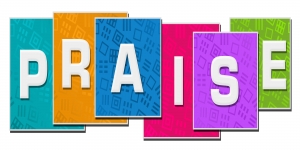Blog What the Best Have in Common
“We’ve become experts in identifying what draws a person’s eye to a cooking space,” Sarah Weinberg writes in delish.com, and we’ve noticed that the best ones have things in common.
- Smart and accessible storage
- Countertops that are easily cleaned and that don’t absorb food particles and odors
- Smart appliances
- Attractive, bright lighting
Quality is always defined in the eyes of the customer, Simple-PDH.com notes. Different groups of customers might define “best” in different ways, and we can group customers into “target markets” to better understand their needs and preferences. “Quality is defined by two elements: customer satisfaction and customer expectations.” Meeting customer expectations is what defines success.
For that very reason, it’s a very good idea to blog about “what the best have in common” when it comes to your category of product or service. Learning about these “commonalities” helps prospects define their expectations of you and of what you have to offer them.
In working with Say It For You business owner and practitioner clients to create blog content for them, I often encounter resistance to the what-the-best-have-in-common model. Reluctant to suggest that they have things “in common” with some of their competitors, they prefer to focus only on aspects that prove they (and only they). are “best”!
” An informed consumer is capable of making sensible decisions by gaining an insight about a product prior to its purchase.” Based on that belief, one of the primary objectives of the European Union has been the provision of information to consumers. The opposite effect happens with “choice overload”, which can lead to behavioral paralysis, KelloggInsight points out.
At Say It For You, we know that consumers know: whatever your business or practice, there are other out there, and realize that some of those are worthy competitors of yours. But, when visitors to your website find answers to their questions, updated information about your type of product or service, and social proof offered by clients and customers, you won’t need to be “the only one” to be “the one” with whom they choose to do business..






Follow us online!